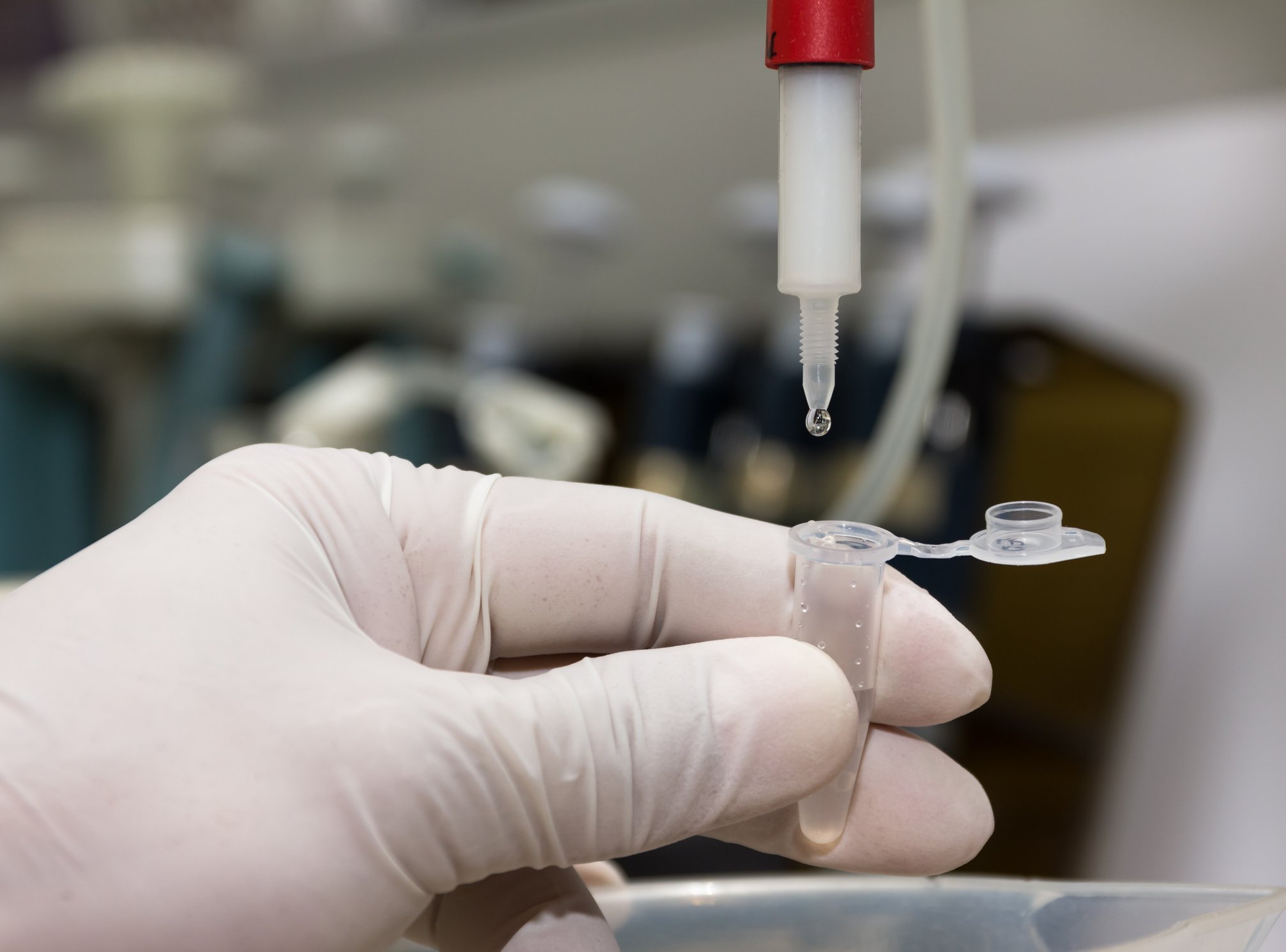A protein isolation protocol aims to safely and efficiently separate a specific protein from a complex biological sample. Isolation of proteins can be performed on mammalian, insect, plant, yeast, or bacteria samples. The first step of a protein isolation protocol requires lysing cells within a sample to reveal their contents which can include DNA, RNA, organelles, and various proteins. There are several methods of cell lysing which range from chemical to physical perturbation of a cell membrane or wall. You can read more about cell lysis in this article:How to lyse cells. After cells are lysed, protein purification can be performed. Two popular methods include affinity chromatography and magnetic bead separation
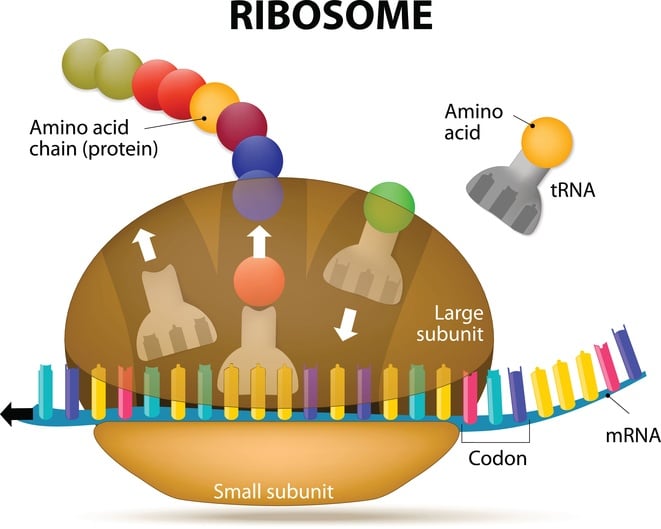
In essence, protein expression and purification methods aim to produce functional proteins to deduce the structural, physical, and chemical attributes of a protein for biomedical research. Protein expression involves understanding the way in which proteins are synthesized, modified, and regulated in living organisms, while protein purification involves isolating one, or multiple, proteins from a complex mixture. Few proteins, however, are abundant in sufficient quantities to be isolated from their native hosts. Often, the researcher is tasked with figuring out ways to obtain an adequate concentration of the target molecule to facilitate protein expression and purification. After proteins are expressed sufficiently, they must be purified so that the desired protein(s) are separated from any other bioactive molecules within the cell sample.
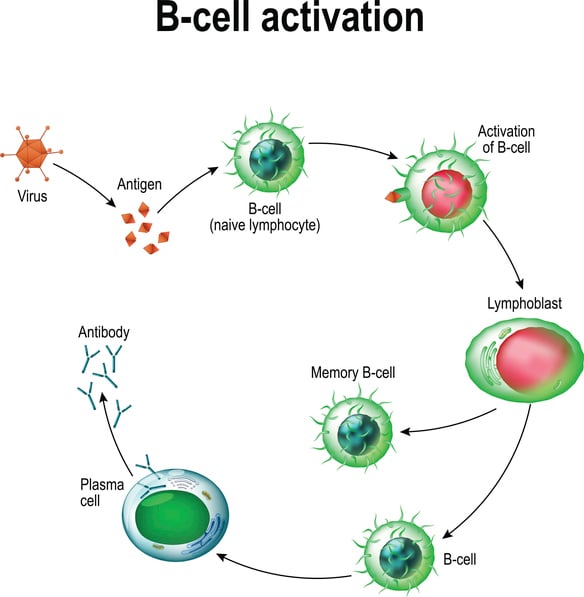
An antigen is a toxin or other foreign molecule that induces an immune response in the body. Antigens may exist in the environment in various forms but can also develop from inside the host. Antigens can present as proteins or sugars, and are located on the surfaces of all cells. When antigens invade the body, antibodies act as a first line of defense. They target and bind to antigens through what’s known as a paratope-epitope interaction (named after the binding regions on each molecule) and then undergo a series of steps to effectively eliminate them. Each specific antibody produced by the immune system is custom-fitted to the antigen that initially stimulated the immune response. The interaction of antibodies and antigens is so specific that it can be utilized in clinical diagnostics, specifically through the use of functionalized magnetic beads that can detect and capture a specific analyte.
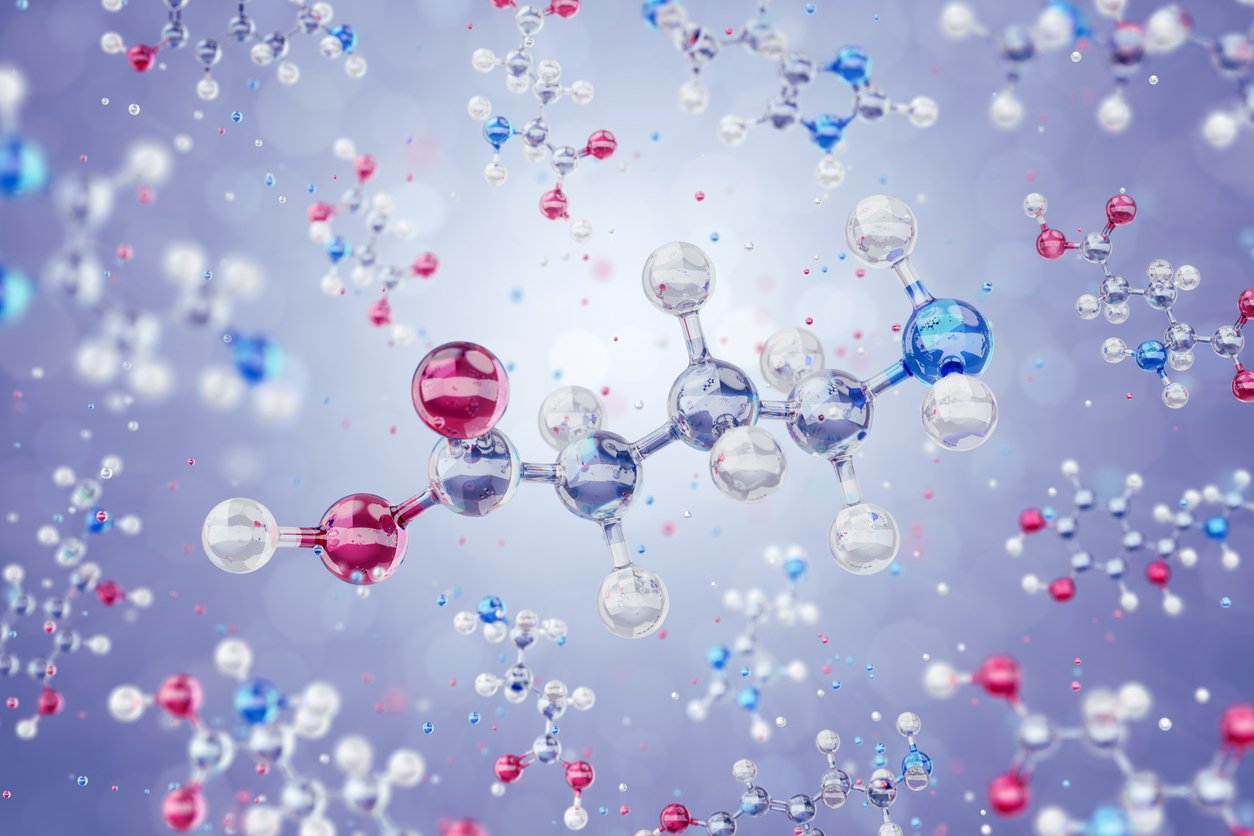
With the advent of pharmaceutical biotechnologies in recent years proteins and peptides have been the main focus of numerous studies by researchers and companies. Peptide and proteins have various physiological functions in body (as hormones, enzyme substrates and inhibitors, biological regulators, structural components, signaling factors, catalyzers), peptide/protein-based drugs and biopharmaceuticals are a novel category of drugs, and any abnormality in their amino acid sequence or structural dysfunction can lead to severe diseases and pathological conditions (dwarfism, cystic fibrosis, thalassemia etc).
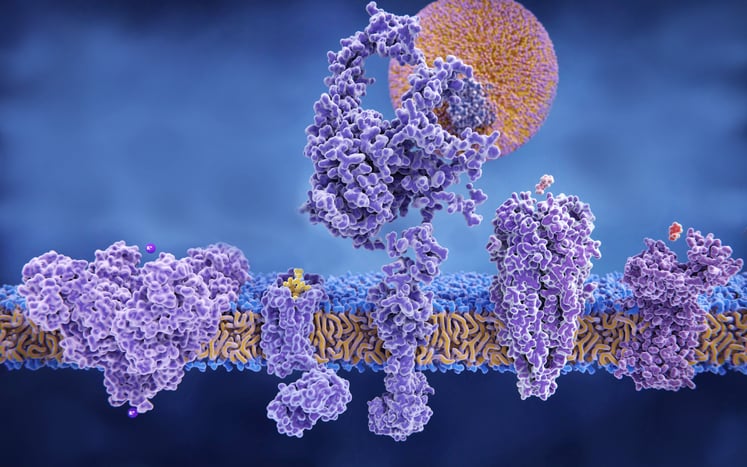
Proteomics is the study of the protein in an organism. Protein is a fundamental building block of life, and proteins are the workhorses within and between cells. Biochemical pathways are built out of enzymes and ligands—without them nothing would be accomplished; plants wouldn’t produce glucose, animals wouldn’t be able to digest food, the immune system would cease to exist, and all other biological processes would grind to a halt. The fundamental importance of proteins for life makes them an important topic of study. The first step in understanding protein structure and function is to extract them. Protein extraction is the process of isolating and purifying protein from samples of whole tissue, cell cultures, or biological fluids. The protein extraction protocol used is tailored to match the starting material and the end goals of the assay.
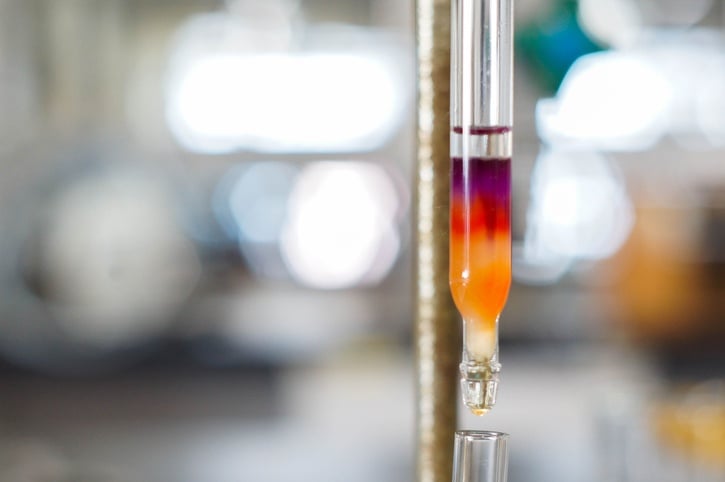
Immunoaffinity chromatography is a method for separating target antibodies or antigens from a heterogeneous solution. It is column-based, which means that the solution is flowed through a column and eluted at the other end. The column is pre-functionalized with the capture antibody or antigen. The target protein is adsorbed onto the resin-bound capture protein and is retained in the column while the remaining solution is eluted. The fraction containing the target protein is later eluted and purified.
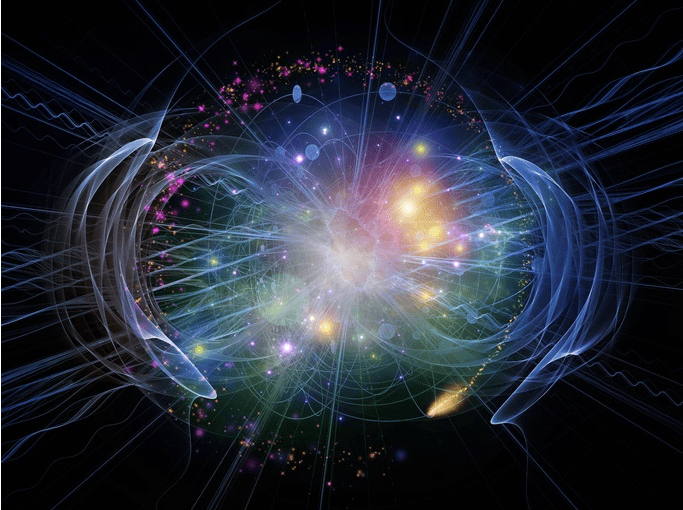
Protein extraction is a key step for many proteomics research procedures, from ELISA to Western Blot. Proteins form the basis of all cells, tissue, and organisms. Proteins also initiate and mediate the thousands of biochemical pathways that govern an organism’s function. Biomedical studies of proteins can reveal information about pathways of disease, and the expression of the genetic code. But before proteins can be studied, they need to be extracted. Choosing the most appropriate protein extraction method is key to successful protein extraction.
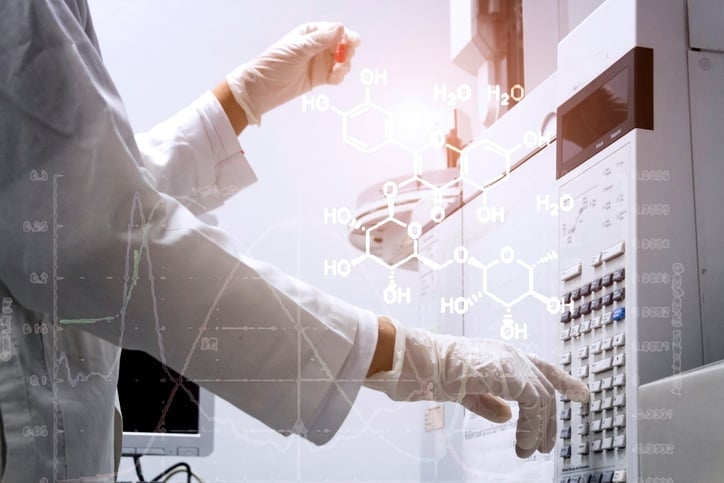
The earliest chemists were on the hunt for new elements to add to the periodic table. Most of the chemistry that they were interested in doing was purification with the end goal of reaching a pure elemental substance. These chemists relied on a litany of methods—filtration, evaporation, distillation, and crystallization were some of the most used purification techniques for these discoveries. As the chemists were defining the elements, the biologists were trying to understand the human body, the cell, cellular organelles, and microbes. The point here is that in order to develop anything new we must first understand what everything is made of at the most basic and pure level. In modern science this means that we are trying to define matter beyond subatomic particles and we are attempting to map out every molecular pathway of disease. Our efforts to define complex systems by their purest constituents are rewarded by deep understanding and an ability to mimic, to engineer, develop, and create.
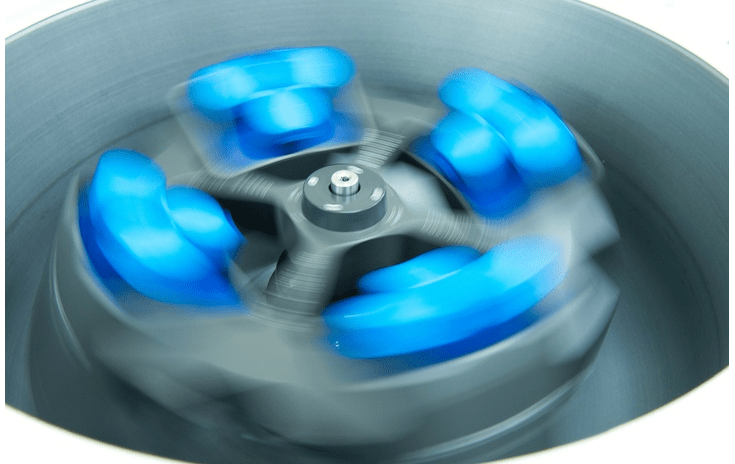
Protein purification is the processes of isolating a protein of interest from its environment. In other words, from the other natural molecules surrounding the proteins in the natural niche in a host organism, or from a cell culture grown in a laboratory. Our protein purification handbook explains that there are several available techniques and many options to consider, but the general procedure is the same.
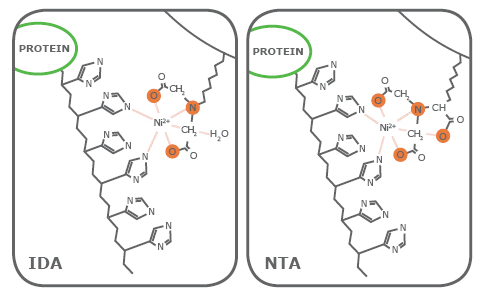
Most current protein purification methods use agarose beads carrying affinity functionalities such as IMAC, Glutathione, or antibodies. The choice of these functional groups depends on the protein of interest to be purified, and a large variety is available, including pre-functionalized beads that can be coupled to biomolecules (see SEPMAG® protein purification handbook chapter 4 and 5).
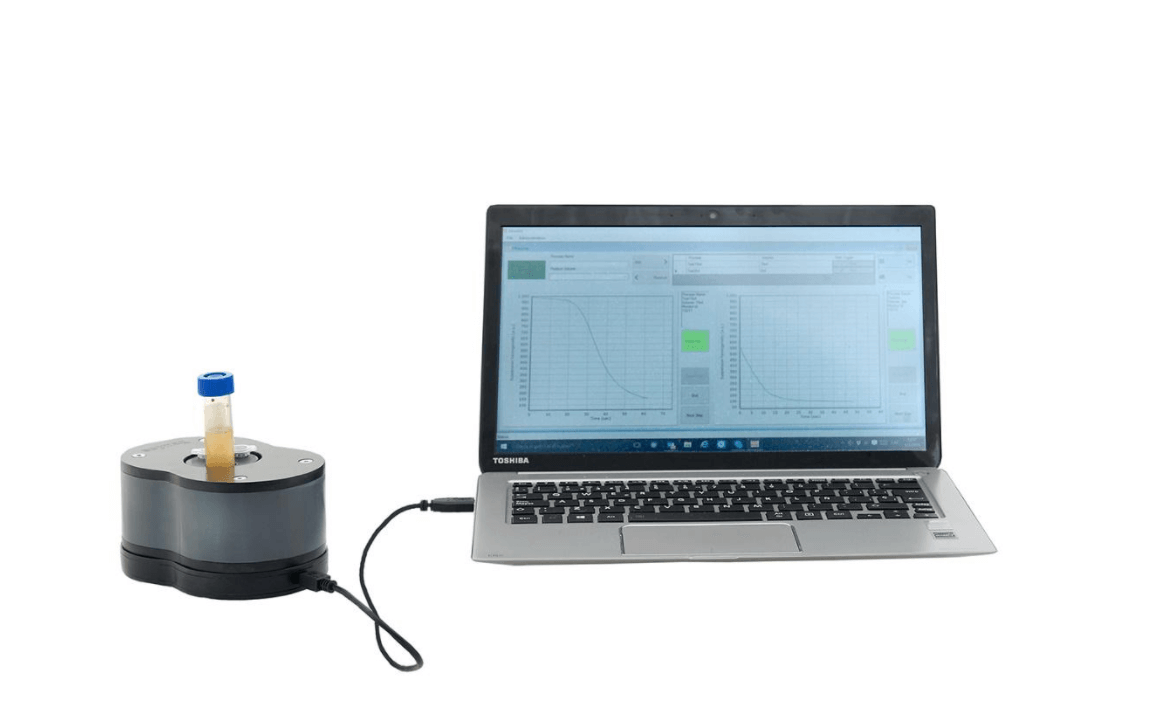
Magnetic particle imaging (MPI) is a new technology that uses the signal generated by superparamagnetic tracers generated by changing magnetic fields. As it is not a natural superparamagnetic substance in the human tissues, the resultant images have no background. The tracers used in magnetic particle imaging are superparamagnetic iron oxide nanoparticles (SPIONs). The optimization of magnetic nanoparticles (MNP) plays an essential role to improve the image resolution and sensitivity of imaging techniques.
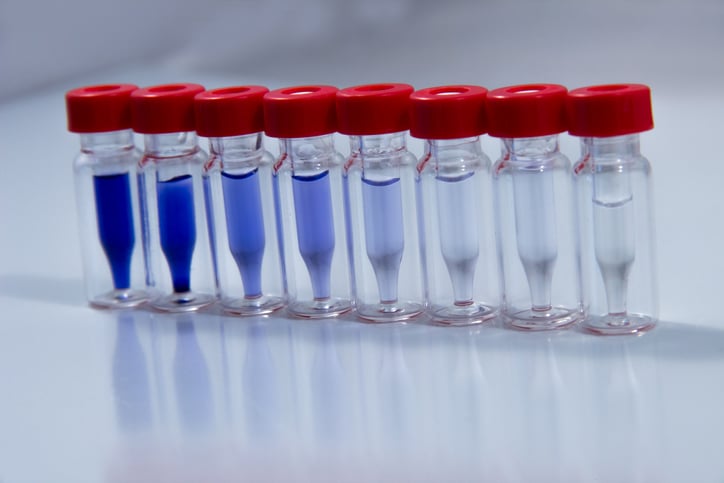
Antibodies are a key component to many biotechnical applications. They are most often used for immunoassays such as ELISA, cell and tissue staining, protein quantification such as western blot, and cutting edge sensor development. Verified antibodies are easily purchased from commercial vendors. These antibodies can be monoclonal or polyclonal, and can come as a lyophilized powder or as a premixed solution. All of these details must be considered when choosing which antibody to purchase because they all have an effect on the antibody concentration and dilution process.
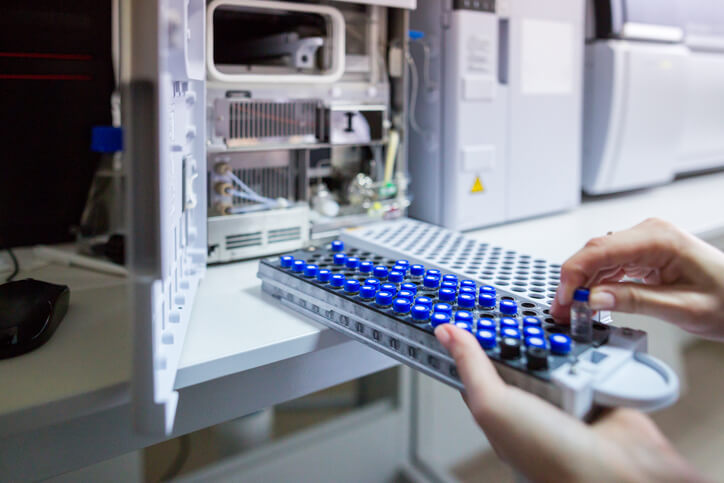
Chromatography systems, or purification systems can be used to purify protein, nucleic acids, or just peptides. It comes in different sizes for different scales of purification. Research labs often do purification in smaller batches and in industry settings companies do large scale purifications. The AKTA pure is an example of one such useful technology for automating the purification process, avoiding human errors, keeping the purification at a regulated temperature such as if you put the machine in a colder environment for less stable molecules, and having a consistent and regulated amount of pressure applied to purification columns.
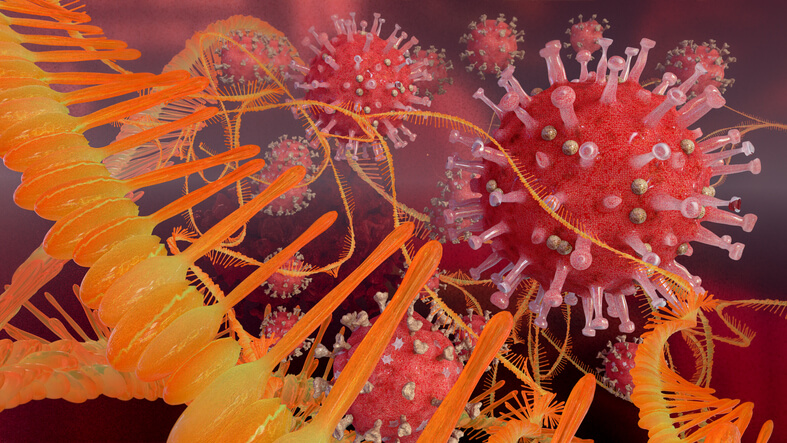
mRNA purification: how mRNA vaccines work
The letters “mRNA” are heard everywhere lately. The mRNA vaccine has been widely distributed in response to COVID-19. The mRNA in the vaccine enters cells in the body where the cell machinery can translate the mRNA into the Spike surface protein of the coronavirus. The body recognizes the spike protein as an antigen and produces antibodies against it. When infected with the actual virus later on, the immune system has a base defense system, antibodies, ready to more specifically remove virus.
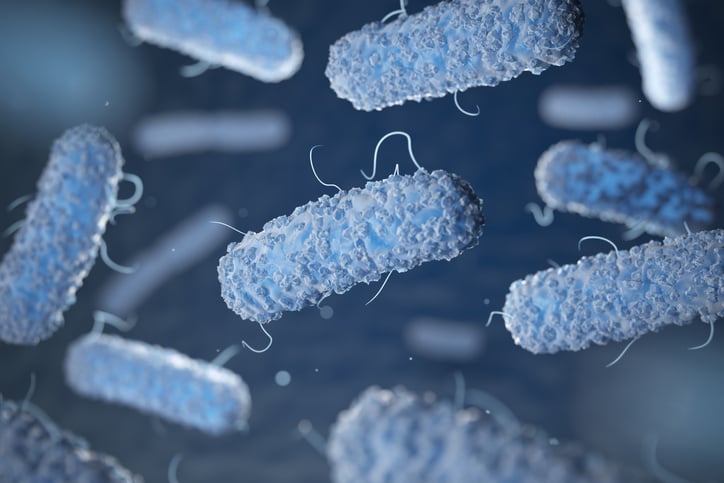
An antigen is defined as anything that causes an immune response in another organism. This immune response can be a simple increase of inflammatory factors, or it can be an activation of the adaptive immune system and creation of antibodies. Antibodies have two or more specific paratopes, or antigen recognition sites, that identify and combat the invading antigen. The number of antigen recognition sites is dependent on the antibody class. The word “antigen” can also refer to any protein of interest detected by a bioassay or biodetection platform. In the case of a bacterial antigen, we are referring to surface proteins, lipopolysaccharides, and peptidoglycans on the bacterial cell wall; these structures help bacteria invade other organisms by gaining access between epithelial cells. While surface structures help bacteria infect other organisms, they are also a detriment to the bacteria because they also serve as a unique tag that antibodies and bacteriophages can recognize. Bacteriophages are viruses that attack bacteria. Both antibodies and phages are being used by scientists to develop new biodetection and biosensing platforms for rapid detection of bacterial antigens in the environment and in clinical samples.
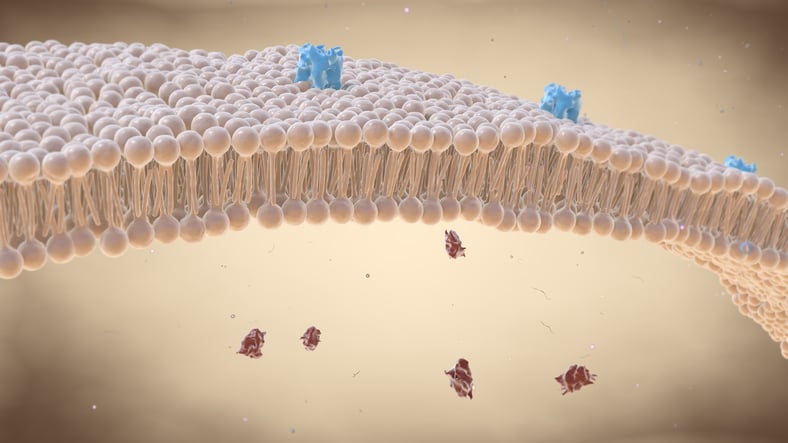
Cell lysis is the act of breaking the cell membrane to enable the study of specific proteins, nucleic acids, and other molecules inside of cells. When cell lysis is successful, the undamaged contents of the cell escape through the damaged cell membrane. These contents are then separated out of the mixed sample and used for further study. The methods used for separation of the lysed cell contents are dependent on the goal of the study. Careful investigation of these inner workings can reveal disease patterns, improve our understanding of normal cellular function, and elucidate biochemical pathways and therapeutic targets. Protein isolation is different from nucleic acid separation, and the reagents used vary drastically. There are a few ways to lyse the cell membrane; these include mechanical disruption, liquid homogenization, freeze/thaw cycles, manual griding, and the use of detergents. Sonication cell lysis is an example of mechanical disruption used for releasing the contents of cells.
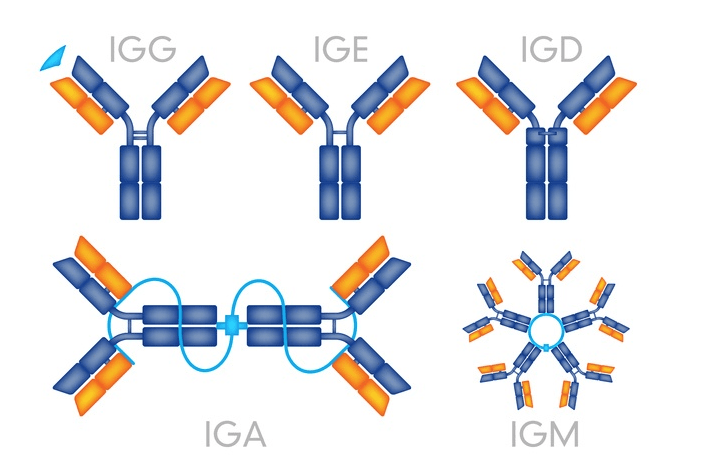
Protein A vs Protein G, what is the difference? They are both bacterial cell wall proteins that have primary binding sites for mammalian immunoglobulin G (IgG) antibodies, including human IgG. Protein G was first isolated from Streptococcal bacteria strains C and G. Similarly, protein A was originally found on the cell wall of the bacteria Staphylococcus aureus. These proteins have primary binding domains for the Fc region of (IgG) antibodies, but can also recognize the Fab region of certain IgG subclasses described in more detail below.. For the bacteria this is useful because binding IgG’s at the Fc region prevents macrophages from recognizing them, which in turn prevents phagocytosis of the invading bacteria by the host immune system. For scientists this IgG binding can be used for probing in experiments such as purifications or immunoprecipitations.
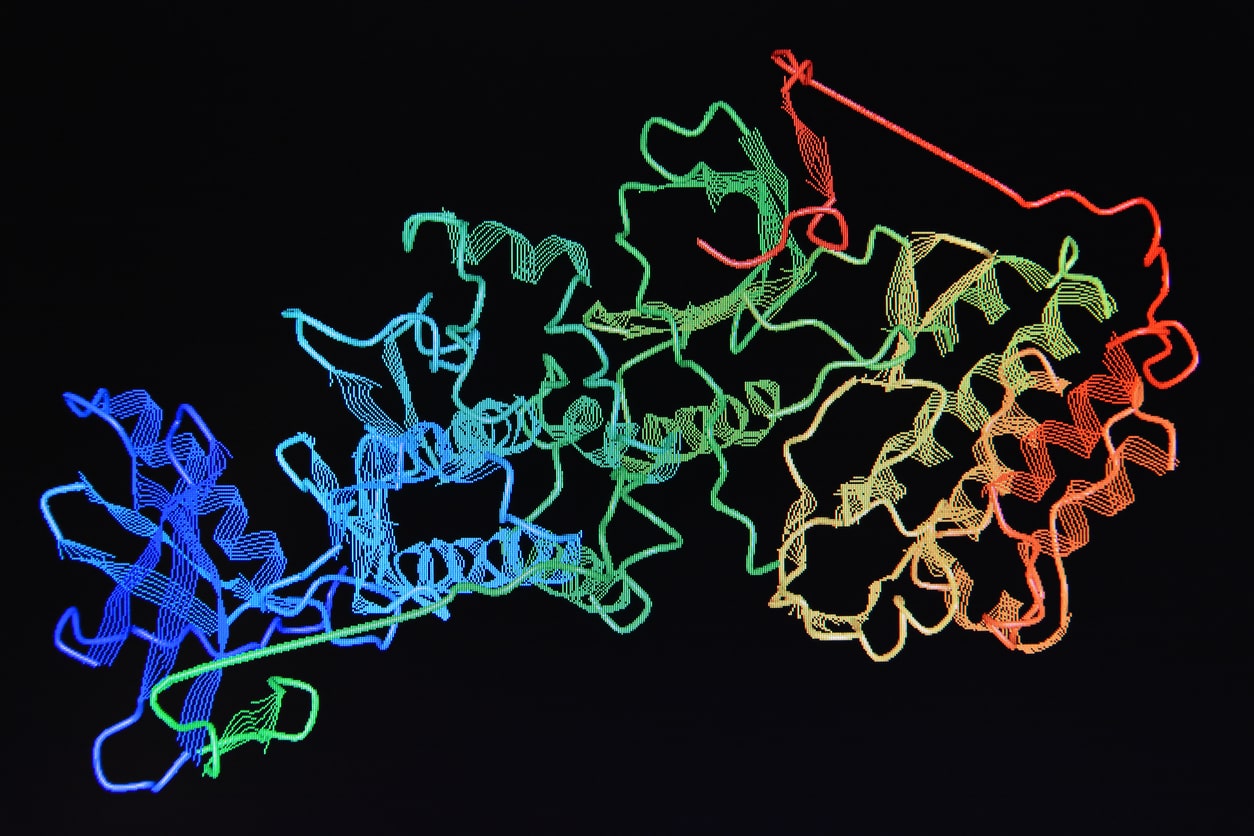
Glutothione S-transferase is a 26 kDa protein that is used as an affinity tag for protein isolation in pull-down assays. The GST tag has specific affinity for the protein glutathione. This means that glutathione can be attached to columns or magnetic beads and used to isolate any protein that has been modified with the gst tag sequence. The modification of proteins with the gst tag sequence is performed in host organisms and results in fusion proteins that consist of the target protein joined by a linker to the 220 amino acids that compose the gst tag.
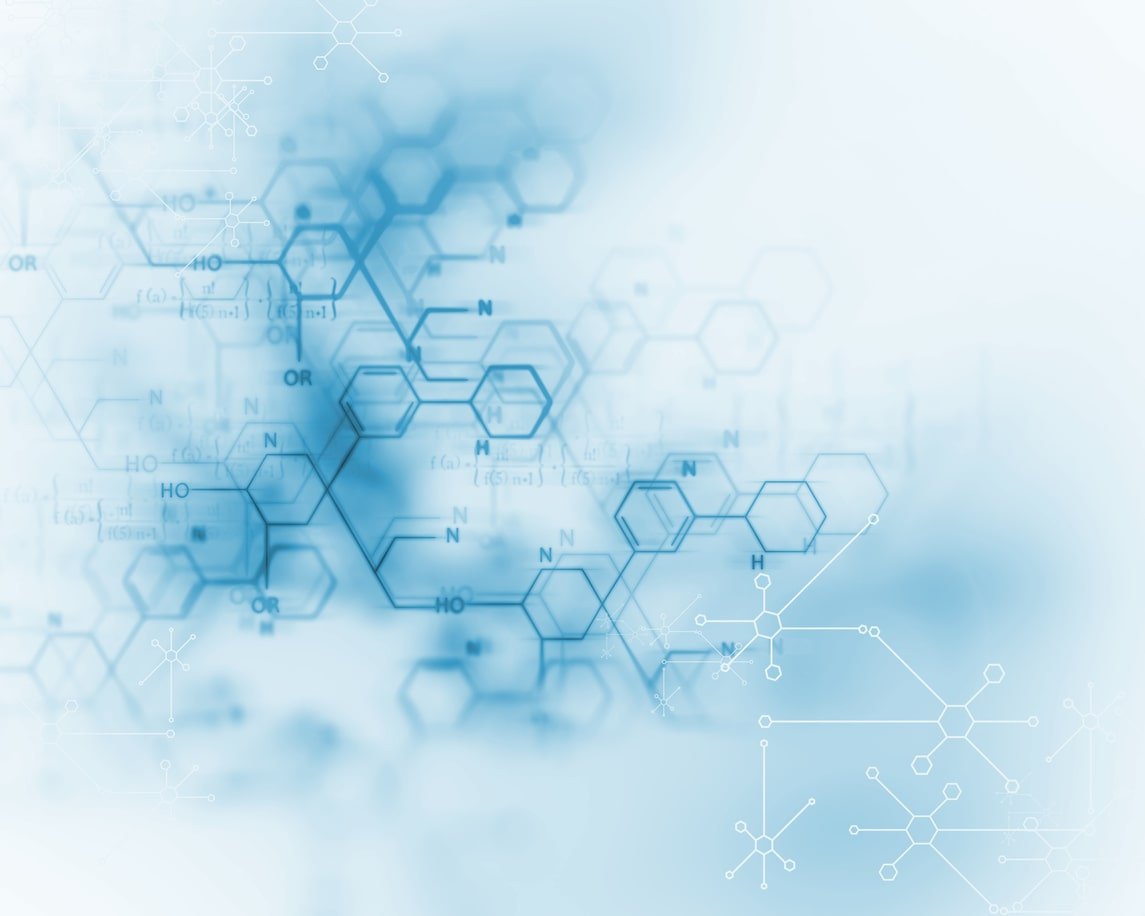
The BCA assay is used to quantify protein concentration by using bicinchoninic acid to identify copper ions reduced by protein in a biuret reaction. The BCA protocol requires a working solution mixed with the sample; when protein is present, the reaction produces a purple color that absorbs light at 562 nm and is quantified with a spectrophotometer. The BCA assay is similar to other protein quantification assays such as Lowry or Bradford assays. However, the biuret reaction of the BCA assay occurs between the nitrogens on the peptide backbone and copper as well as nitrogens on the amino acid side chains. The fact that the peptide backbone participates in the reaction means that the BCA assay is more consistent between proteins and is less dependent upon amino acid composition. The BCA protocol is simple and quick. If the sample is heated to 37°C, then the incubation time is only 30 minutes, and the absorbance measurement takes only a few minutes. The BCA assay is an excellent method for quantifying total protein concentration after biomagnetic protein purification.
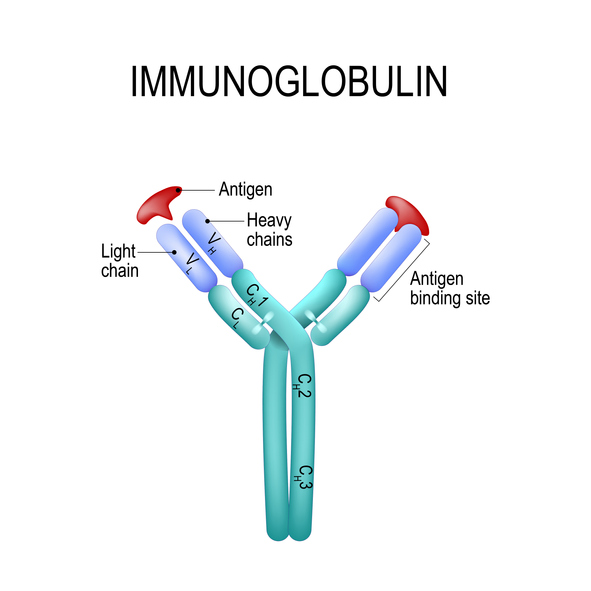
Antibodies are naturally produced by the adaptive immune system in response to invading pathogens. The antibodies are made by immune cells to specifically recognize protein markers called antigens located on the outer wall or membrane of the pathogenic organism. It is this exquisite antigenic specificity that makes the adaptive immune system so remarkable in its ability to fight off a wide variety of diseases. It is also this specificity that makes the antibody-antigen interaction an attractive tool for the development of biological assays for the detection of active infection and disease.
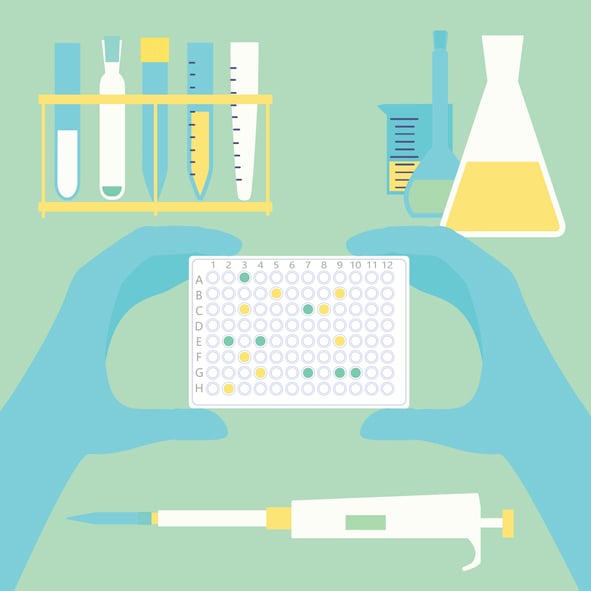
The BCA protein assay is used to quantify total protein in a biological sample. BCA stands for Bicinchoninic acid, which is the key reagent used to produce a colored product. The purple colored product is analyzed in reference to a standard curve in order to quantify protein concentration. It is important to measure protein concentration after performing a protein extraction or purification, and prior to any type of labeling procedure. The protein concentration after extraction or purification may provide information about a biochemical pathway or a disease state. All commercially available proteins are accompanied by a product information sheet that has the results of a protein quantification method. This is particular important in antibody validation. It is important to know the protein concentration prior to any labeling step so you can ensure that the stoichiometric ratio between label and protein is optimal for clean and efficient labeling. It is equally important to know how much protein you are working with when designing biosensors so that you can define limits of detection and instrument sensitivity.

The ELISA, or enzyme linked immunosorbent assay, is the gold standard immunoassay for detection of small quantities of protein in samples as varied as serum, urine, saliva, and more. The ELISA is a labeled assay, which means that some type of label is needed to detect protein binding events. These labels are typically fluorescent, chromatic, or chemiluminiscent, and require the use of a plate reader to quantify the amount of protein in the sample. The major benefit of the ELISA is that low concentrations (often down to pg/mL) of protein are easily quantified. One disadvantage to ELISA is that many steps and reagents are required throughout the protocol. However, this can be mitigated by purchasing an ELISA kit that is pre-bound with capture antibodies and contains a detailed protocol for using all of the included buffers in a clear, easy to follow format. The use of an ELISA kit can improve diagnostic results from assay to assay because the kits are all validated between lots and come with protein standards. This means that a standard curve (detected signal vs. protein concentration) is generated during each assay and this standard curve can be checked against the expected values to ensure that the kit is still functioning as expected. The kit streamlines the process and takes the guesswork out of protocol design.
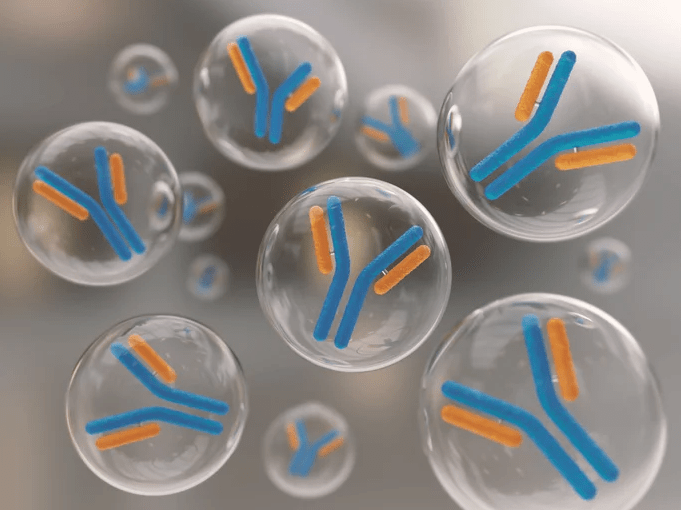
Antibodies are produced by the adaptive immune system in response to invading pathogens. The antibody has specific lock and key recognition for the offending bacteria, virus, or other molecule, which are collectively called antigens. Antibodies are proteins, which are folded polypeptides, or strands of amino acids which have antigen recognition sites that specifically recognize a binding site of its specific antigen. They are produced by B-cells of the adaptive immune system.

Proteins are fundamental building blocks for life. All tissues and organisms are made up of protein, and all of the work performed inside and outside of cells is mediated by protein signaling cascades. Proteins are polymers of amino acids with three or four layers of organized structure. Primary structure is defined as the linear order of amino acids. This is dictated by the genome: the code is transcribed from DNA and translated into the string of amino acids. Secondary structure is thought of as two basic forms: a beta sheet or alpha helix. The string of amino acids adopts the conformation that allows the lowest energy state. Beyond the sheets and helices, the chain can take other twists and turns to fold into a shape known as its tertiary structure. Some proteins are actually made up of two or more subunits of individually folded amino acids strands. The complexing of protein subunits to form one functional protein is called quaternary structure. All of this folding is extremely important to the character and function of each individual protein because it results in certain side chains of amino acids being located on the exterior or interior of the protein. Importantly, the folds create binding pockets where key amino acids are located to create a unique chemical landscape that allows the protein to bind to other proteins and carry out its job in a signaling cascade.
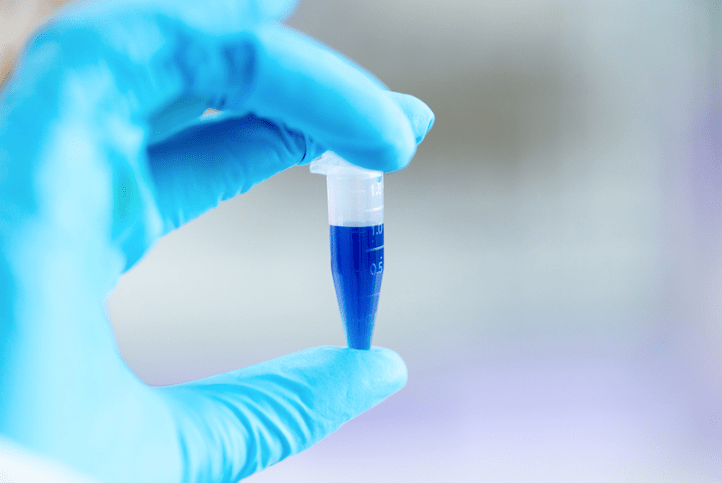
A dc protein assay is used to quantify the amount of total protein in a sample. There are two main ways to do this, and both involve a color change as an indicator of protein presence, which means they are colorimetric assays:
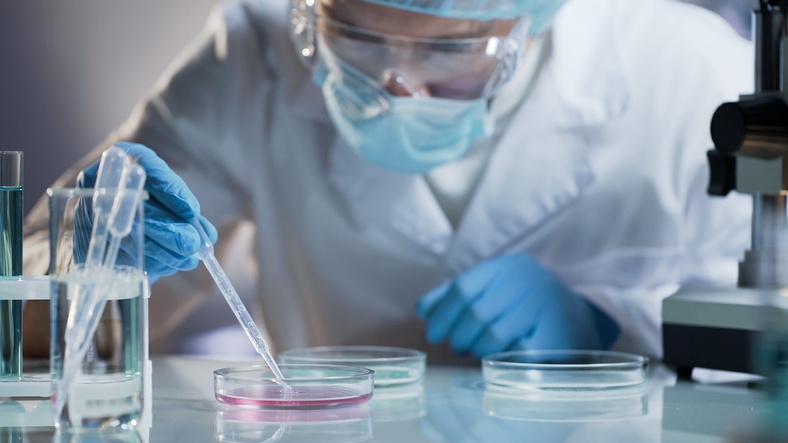
Protein purification services are available for anyone who is in need of a custom antibody or recombinant protein for research and development purposes. If your laboratory is not equipped to produce recombinant proteins in house, then this may be an attractive option. These services require you to provide a sequence and preferred expression system; in turn they will deliver a quality controlled protein with accompanying documentation to you within just a few weeks.
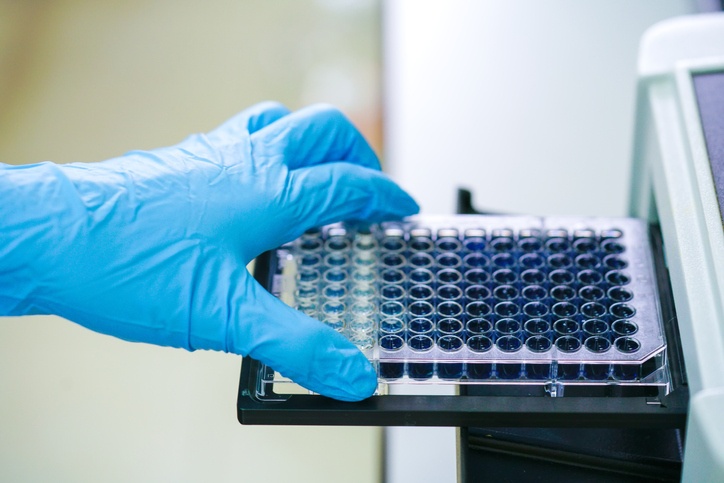
The ELISA or Enzyme-Linked Immunosorbent Assay is the most established method of protein detection and quantification. The technique is commonly used in a wide variety of applications spanning from the basic research bench to clinical laboratories. The ELISA is a labeled assay, which means that it requires the use of a label to detect an antibody-antigen binding event. The label is commonly a fluorescent probe, chemiluminescent system, or enzymatic colorimetric reaction.
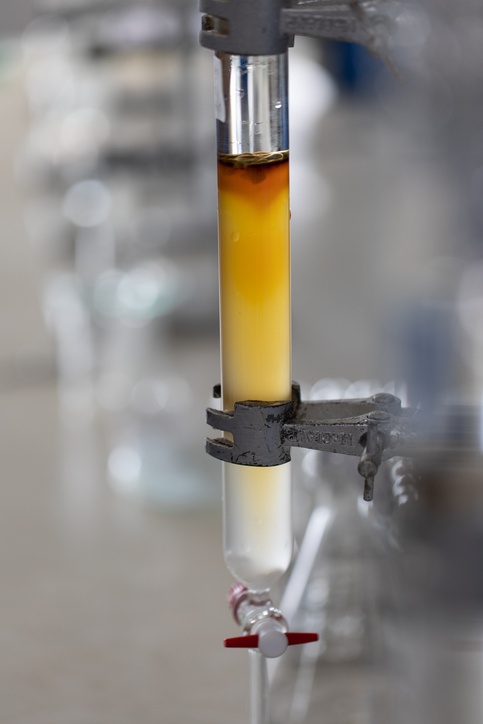
If you look closely at the product information for many commercial antibodies, you will see that they are protein A purified. Protein A is a surface protein that was originally found in the cell wall of staphyloccoccus aureus bacteria. On the surface of bacteria it serves as a defense against the host immune system and allows the bacteria to survive longer and be more virulent. Protein A binds the Fc portion of IgG antibodies.
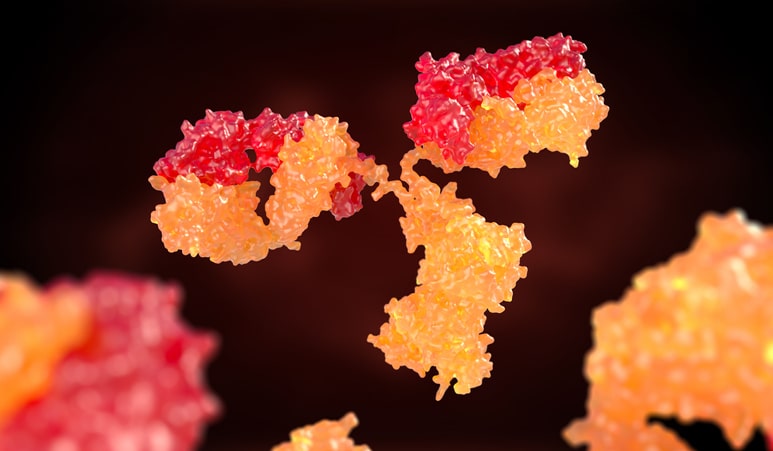
Until this point we have been thinking about antibodies as one of the five classes, IgG, IgE, IgD, IgA, or IgM. The basic unit of each antibody class is a Y structure, where the base of the Y is known as the Fc region and the arms are the Fab region. The entire IgG antibody is composed of four polypeptide chains (two heavy and two light). The Fc region is composed only of heavy chain, and the variable Fab region is built with heavy chain and light chain. The Fab region is where all of the antigen-binding occurs because the paratope, or antigen recognition site is located at the tip of each of the two arms of the Y. A single domain antibody paratope is made solely of a single heavy chain.
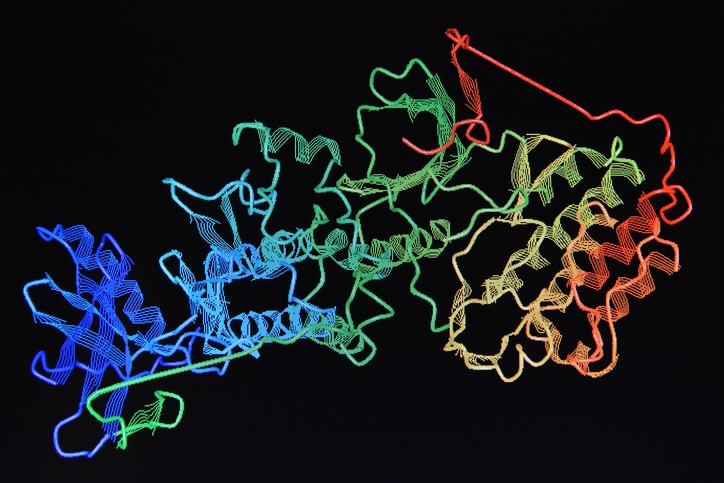
Modern drug discovery utilizes libraries of purified proteins. These proteins are screened by libraries of small molecule drug precursors. This combinatorial screening process greatly speeds up the identification of new drug molecules.
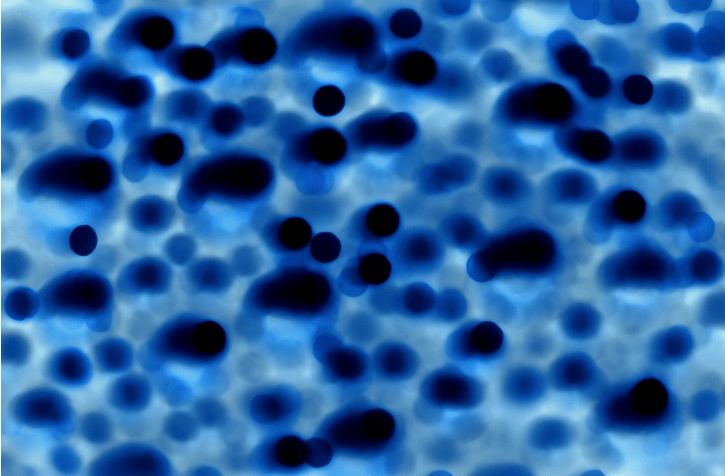
Size exclusion chromatography columns are used to separate molecules by size, molecular weight, and hydrodynamic volume. The technique can be used with proteins, polymers, and other macromolecules. It can also be used for buffer exchange or desalting a sample. The principle behind size exclusion chromatography columns is simple, but the technique only works when the correct resin-bound column is matched to the experimental goal.
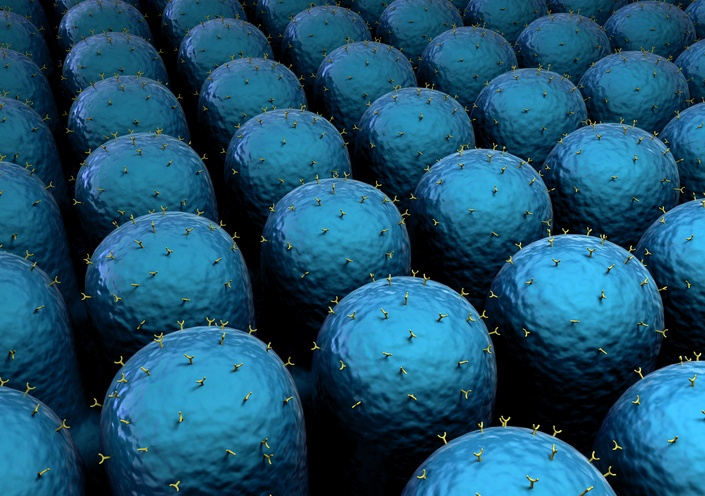
From the clinical laboratory ELISA to the home pregnancy test, the conjugated antibody is integral to the function of many diagnostic assays. We know about the specificity of antigen-antibody interactions and their role in mounting the innate immune response to a pathogen. This antigen recognition specificity has been utilized by clever scientists and engineers to create biosensors capable of detecting the presence of antigens in biological samples. Biosensors come in many shapes and sizes, and have varying levels of complexity, but one fundamental concept is the need to covalently attach antibodies to a substrate.
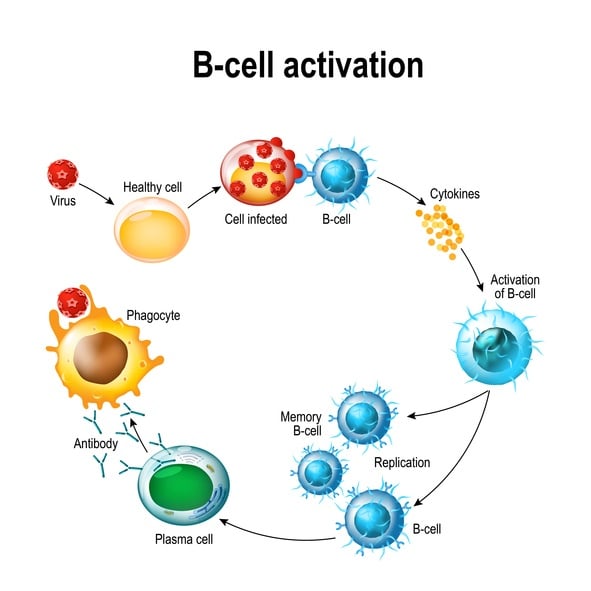
The binding specificity between antibody and antigen drive our immune systems to successfully fight infection. When a viruses or bacteria invade a body they are engulfed by macrophages, which break them down and present their epitopes to the B cells lymphocytes. These B cells read the epitope and create antibodies with an antigen binding site, or paratope, that specifically recognizes the invading pathogen, binds to it, and signals to the rest of the immune system that the pathogen/antigen should be destroyed. This antibody affinity to antigen is similar to the specificity of a key in a lock.
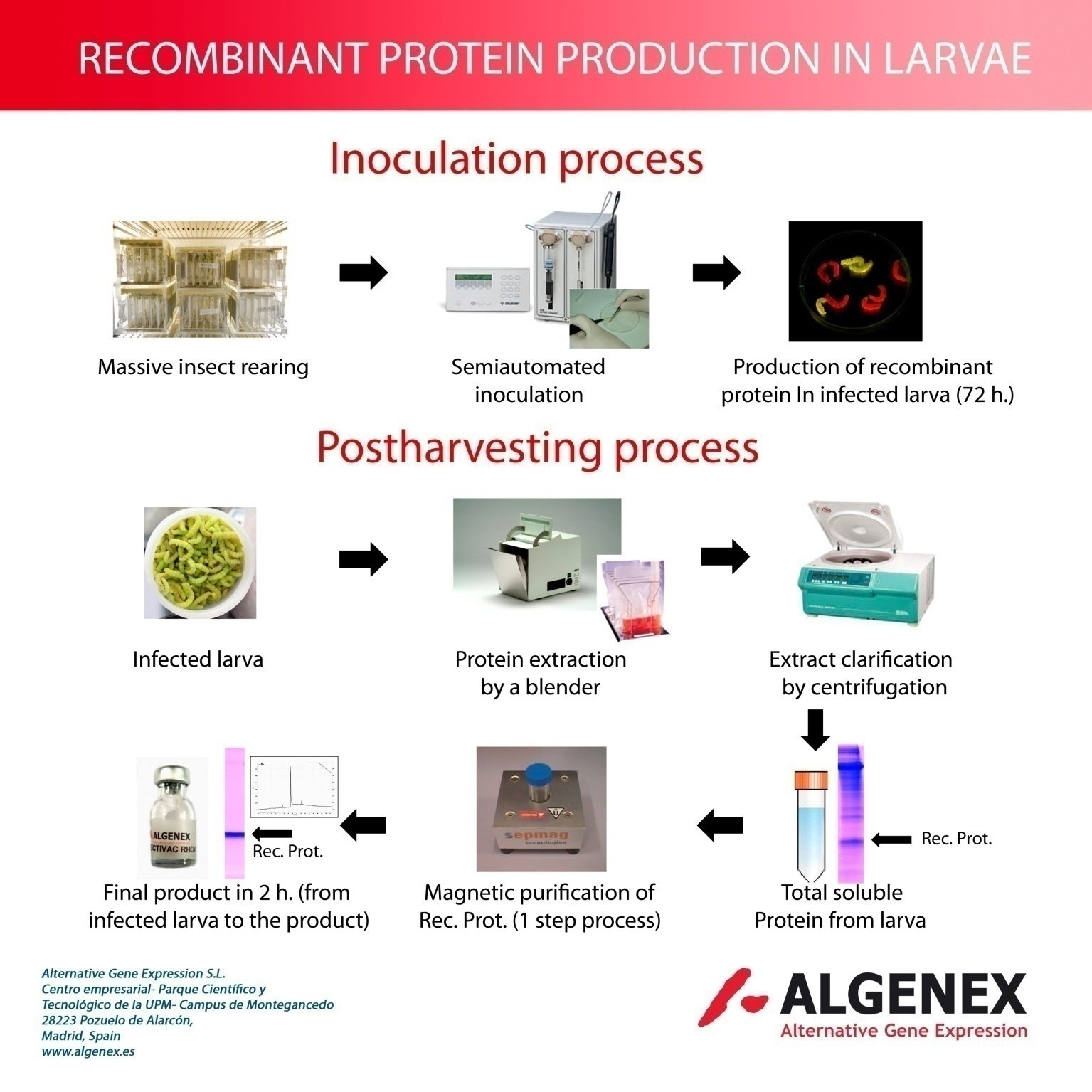
The business value of potentially large production capacities coupled to lower capital expenditures (CapEx) requirements and manufacturing costs may reduce the gap between production volumes and patient needs for potentially life-saving drugs. This is the reason because pharmaceutical companies are continuously seeking for new technologies. An economically efficient alternative to bioreactor-based technologies is the use of living biofactories such as transgenic animals, plants or insects.

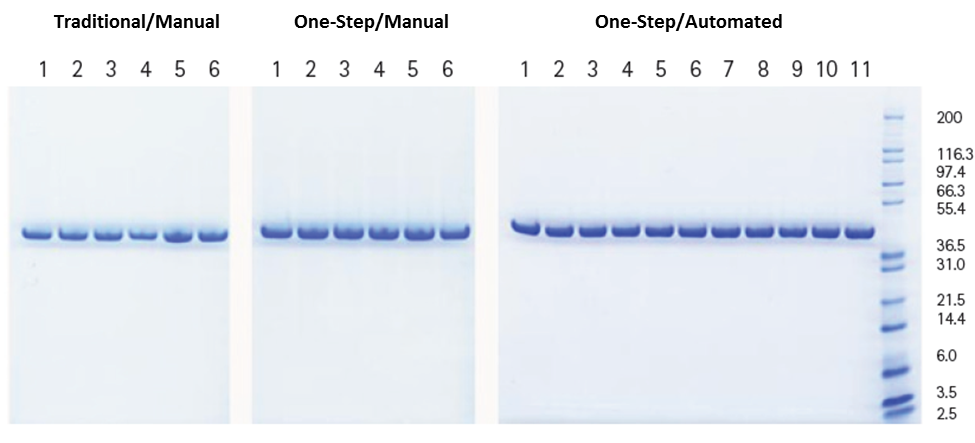
A need for rapid, reproducible, small-scale purification
For many recombinant protein applications, such as expression clone screening and for optimizing expression conditions, there is a crucial need for a rapid, reproducible, small-scale purification process. Traditionally, protein purification from E. coli consists of four distinct phases: harvest, bacterial cell lysis, lysate clarification and protein purification. You will find the whole process explained step by step in our protein purification handbook.

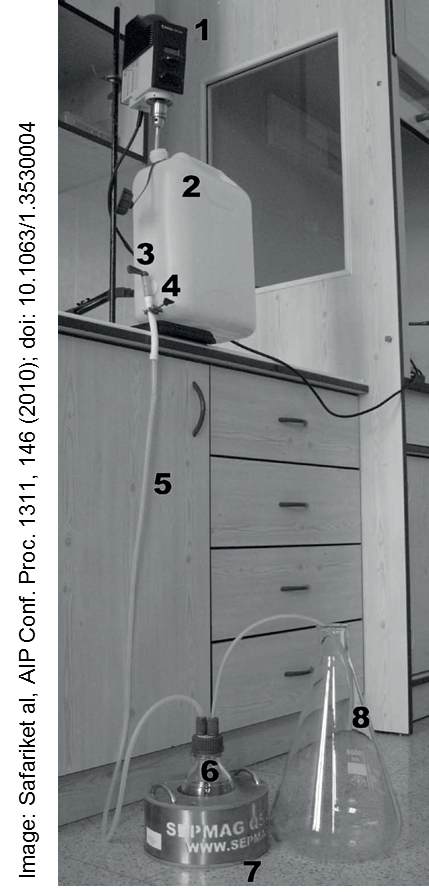
The search for alternatives to chromatographic resins is not new. With the continuous increase in expression levels in recombinant protein purification, columns are struggling with crude lysates. The need to clarify suspensions containing high levels of expressed protein for post-purification re-concentration no longer appears to be the most efficient strategy. You will find much more information about this topic in our protein purification handbook.

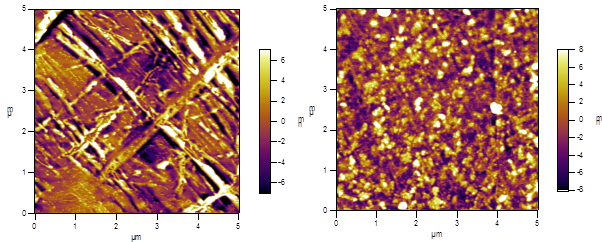
Nanoparticles incorporating different functions are useful and necessary products for assays, drug delivery, and other life science applications. For example, magnetic nanoparticles can be used as contrast agents for magnetic resonance imaging (MRI), to dissipate energy under an oscillating field to locally raise temperature (hyperthermia), or to improve manufacturing of complex nanoparticles via use of magnetic separation. One or more different antibodies and/or fluorescence, luminescence agents as well as other functionalities such as catalytic or enzymatic groups can be attached to nanoparticles.
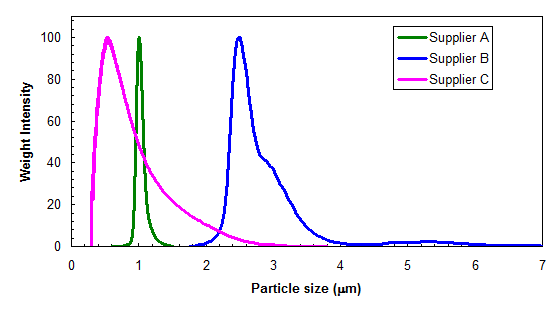
In order to ensure the success of a protocol, it is essential to have a clear and unbiased knowledge base and a reliable source of reference material. When trying to decide the best platform or application to use for a process, it is critical to ensure that the information on which the decision will be based is generic and factual, and not propagated as promotional data.
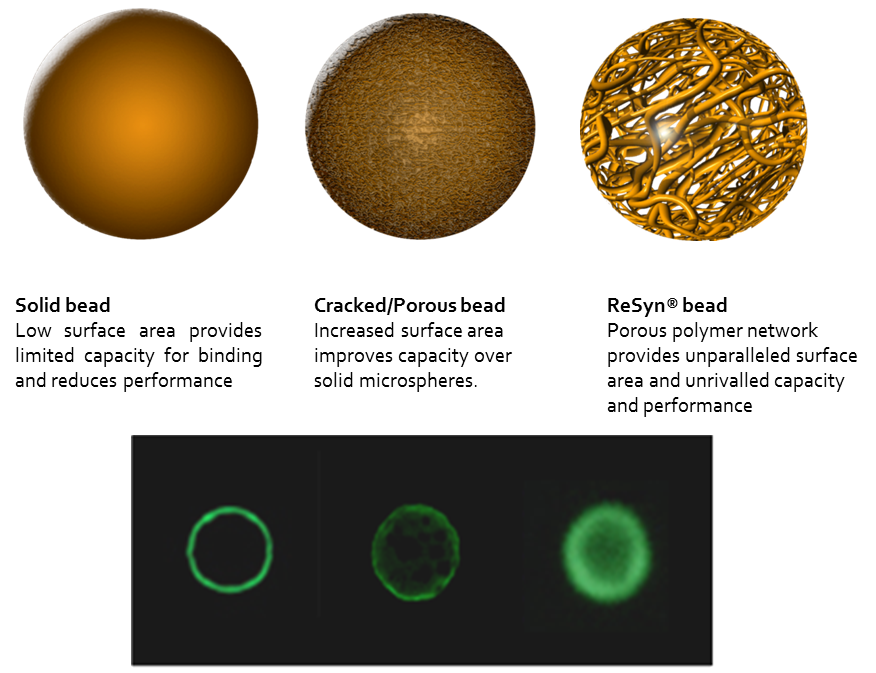
Magnetic beads have several advantages over alternate non-magnetic bead technologies, and are thus finding increasing application in all areas of life-sciences research and development including drug discovery, biomedicine, bioassay development, diagnostics, genomics and proteomics.

It is well known that most recombinant protein purifications are mainly done through different types of chromatography, explained in our protein purification handbook. However, the use of magnetic particles is a very interesting alternative to these techniques, providing great advantages and simplifying the process in many aspects. The necessary equipment for purification with magnetic particles is simple: we need a magnet or any device capable of creating a magnetic field, and the particles themselves.

As you will find in our protein purification handbook, choosing the right matrix for protein enrichment and purification processes, such as immunoprecipitation or pull-down assays, is an important step in optimizing the efficiency of a protocol. The decision will be based on a number of variables and ultimately depends largely on the nature of the target biomolecule. The goal is to choose a matrix that will not only maximize the final yield, but will also be practical and accessible.
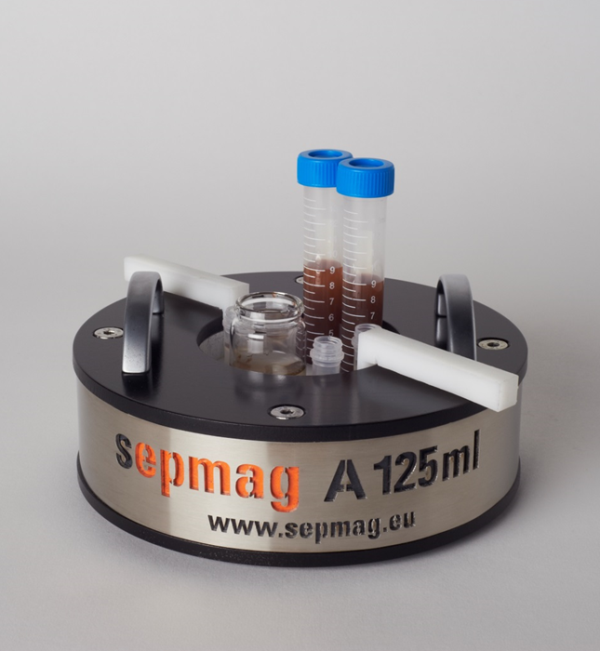
It is well known that most purification processes of recombinant proteins are conducted through chromatographies of different types, mainly in column chromatography. Whether it’s by affinity chromatography, gel filtration or ion exchange chromatography, these already established methods are not exempt from limitations. Research in recent years has allowed us to develop a series of alternatives to chromatography that allow us to avoid many of these limitations.
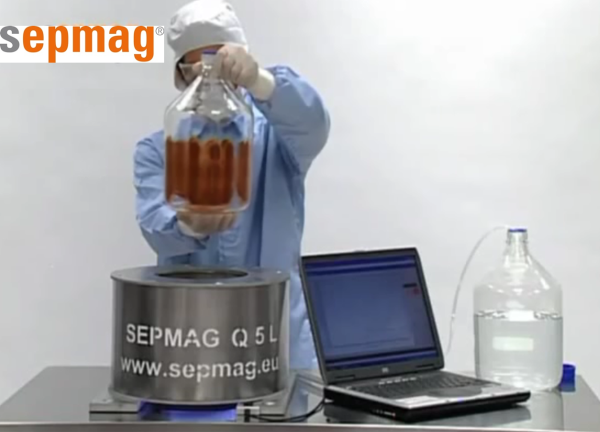
In purification of recombinant proteins, highly pure samples are rarely obtained with the initial stages of the process. Whether we perform a highly specific affinity chromatography (with histidine tags, for example) or purification with several stages of capture and intermediate purification, there are always contaminants in the final sample. As you will find in our protein purification handbook, these contaminants are molecules that are closely related to the protein to be purified since, if a high-resolution technique is not applied, they can be hardly differentiated from the protein to be purified.
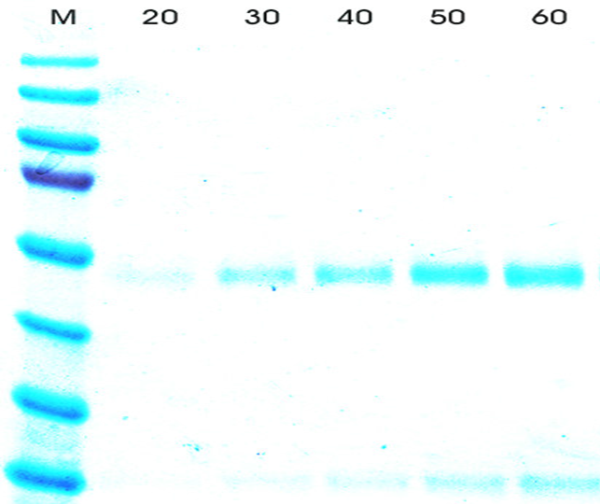
Affinity chromatography allows us to obtain good results and a high level of purity with a single purification step, since a structure that is exclusively found in the recombinant protein is used as a tag. However, this is not possible in all cases. There are proteins that don’t accept changes in their sequence, even if the changes are so minimal as the incorporation of a tag, since the proteins quickly lose their biological activity with any modifications in their structure.
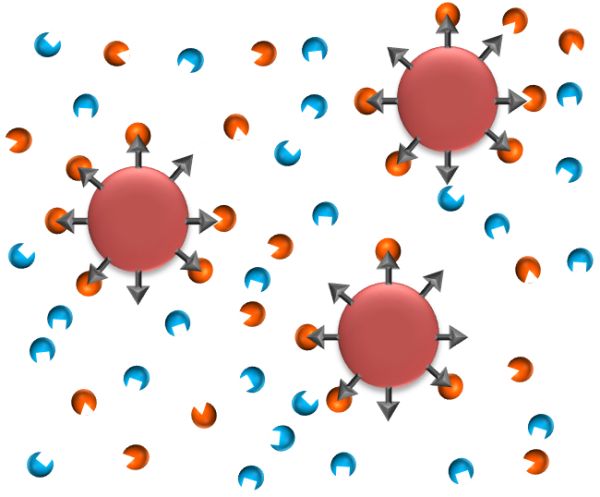
The purification of recombinant proteins is a long and complex process, as our protein purification handbook proves, and is influenced by a multitude of variables. As has already been mentioned, the nature of the protein itself, its properties and the characteristics of the host producer will greatly influence the design and development of this procedure. There are also very few available techniques, although it is very well known that the preferred one is affinity chromatography.

During the sample preparation for the purification of recombinant proteins, there are several considerations that will influence its development. All preparation steps, which are thoroughly explained in our protein purification handbook, are important and we have to pay attention to them.
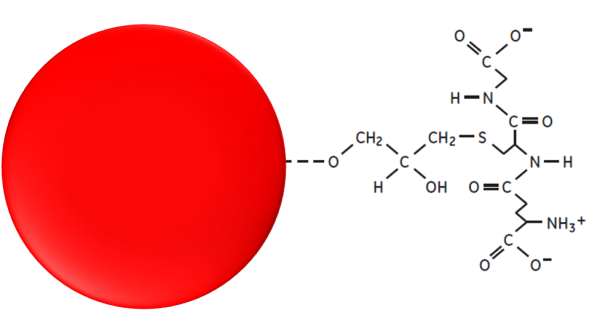
Chromatography is one of the most common methods for the purification of recombinant proteins, and more specifically affinity chromatography is the one that is mostly used due to its high specificity, which allows us to obtain great purity in one single step. When using this technique, a tag is added to the protein of interest, a small structure that is not included in the original protein and that allows us to easily capture it. As we explain in our protein purification handbook, tags are generally short sequences of 3-4 amino acids (up to a maximum of 15) and are intended to minimize as much as possible the properties of the protein.
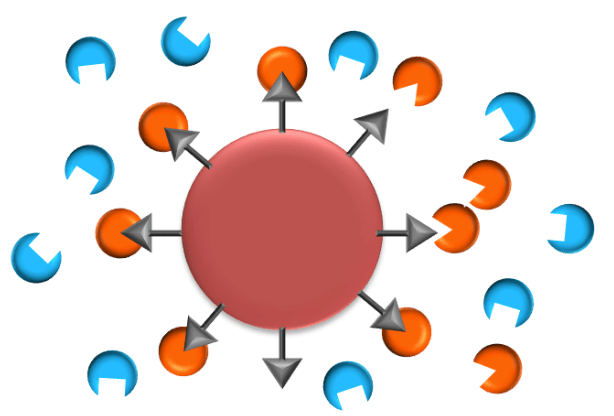
Recombinant proteins are produced in the host cells along with a great variety of molecules that it contains naturally. However, for most of their applications (such as for example in therapeutics), a recombinant protein should be purified and isolated from the rest of cell molecules. As we explain in our protein purification handbook, this is obtained by the recombinant protein purification processes.
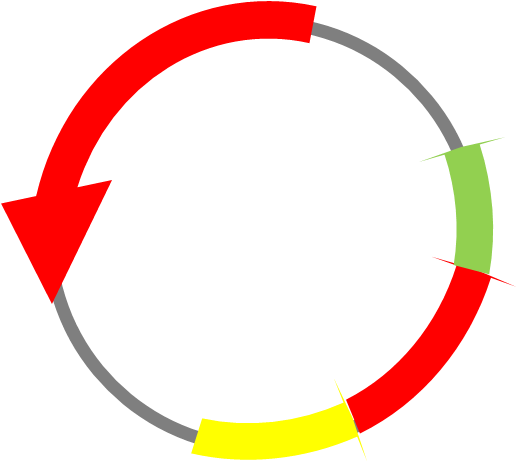
The host in which a recombinant protein is produced doesn’t naturally include the gene of this protein in its genome. Therefore, this gene needs to be introduced in a process called molecular cloning. Successful cloning of a gene requires several elements, which are discussed in our protein purification handbook.
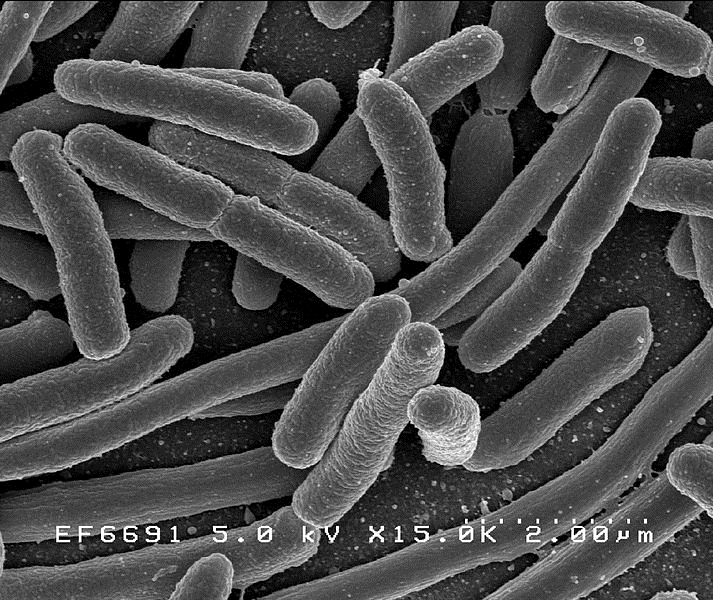
As you can learn in our protein purification handbook, production techniques of recombinant proteins offer multiple options when it comes to available hosts; in other words, the organisms that incorporate the gene of the protein of interest and express it correctly.

As you will learn in our protein purification handbook, proteins are biomolecules of great value to humans, since they have a wide variety of uses in different sectors. They can have therapeutic (such as in insulin cases or blood clotting factors), industrial (such as the lipases that are included in detergents that degrade grease stains) or biotechnological (in the case of certain toxins that are used as pesticides) applications. They also have an extensive application in the research field, in cases when they can be used to study the molecular mechanisms of many diseases, find new drugs, or elucidate tridimensional structures, among others.
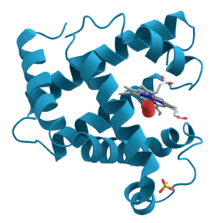
Human beings extensively use proteins for different purposes such as health, industrial production or food. Nevertheless, most of these proteins come from natural sources that do not produce them in sufficient quantities for human use; therefore, we turn to the use of recombinant proteins. Such proteins are obtained from organisms (called “host organisms”) that do not produce them naturally, and in which the gene of the protein of interest is incorporated.

